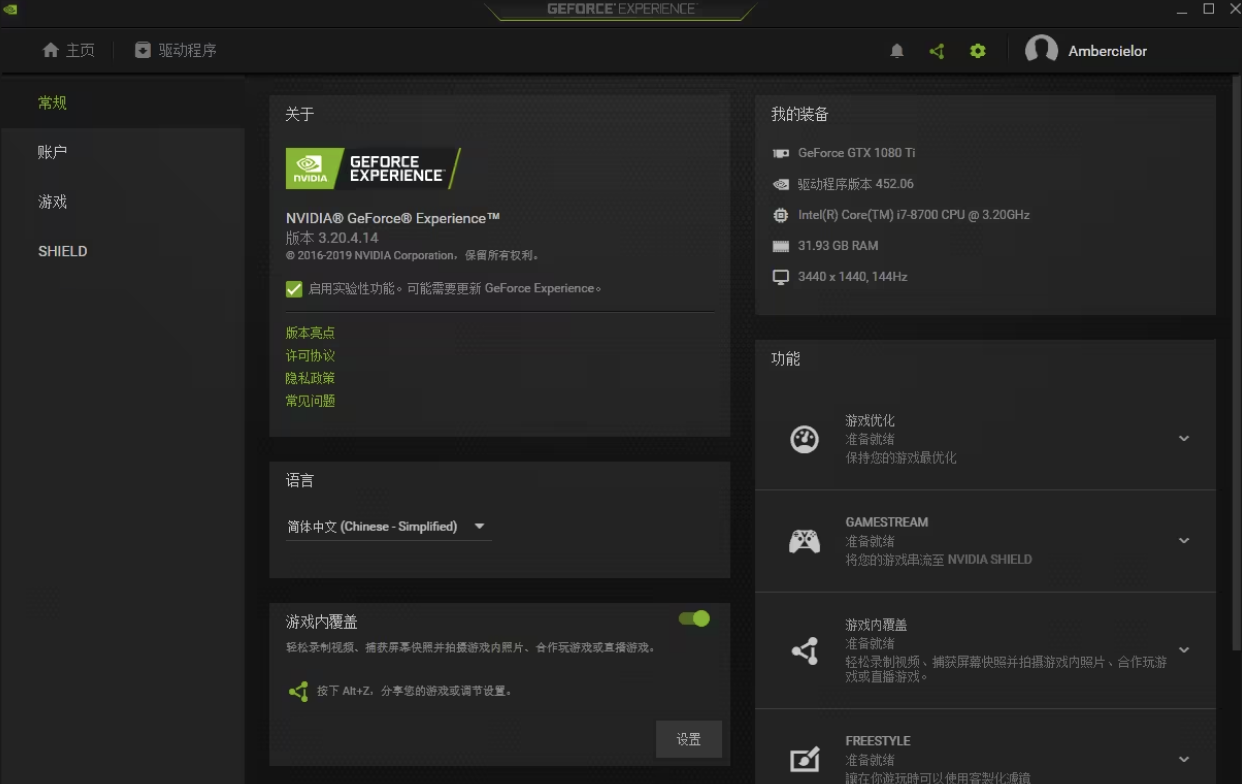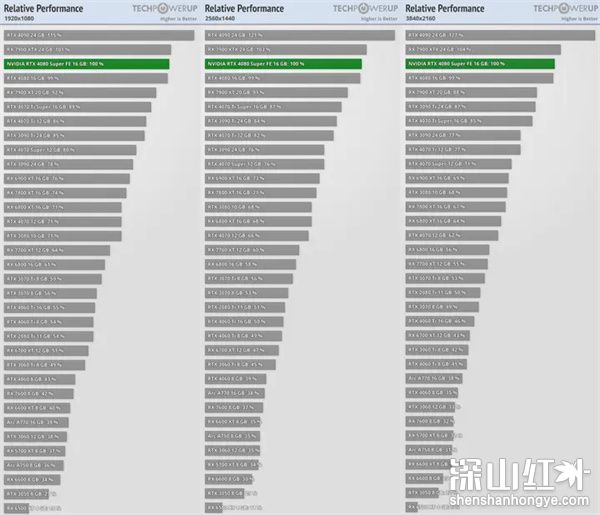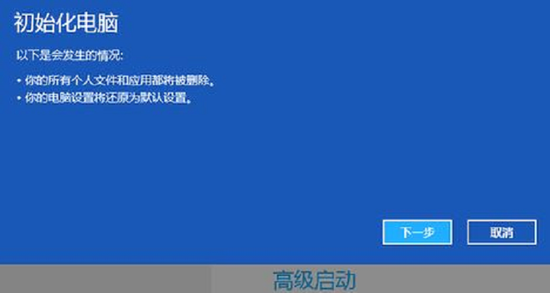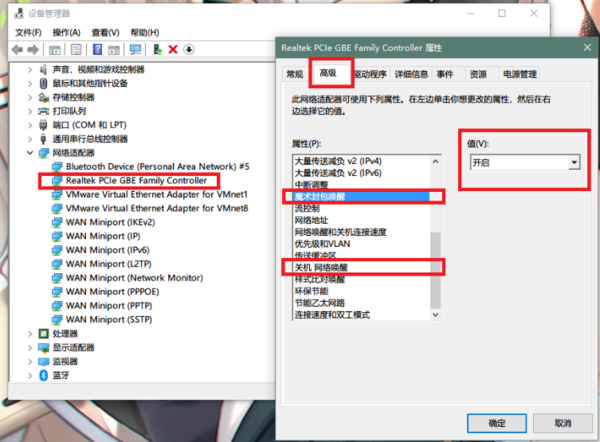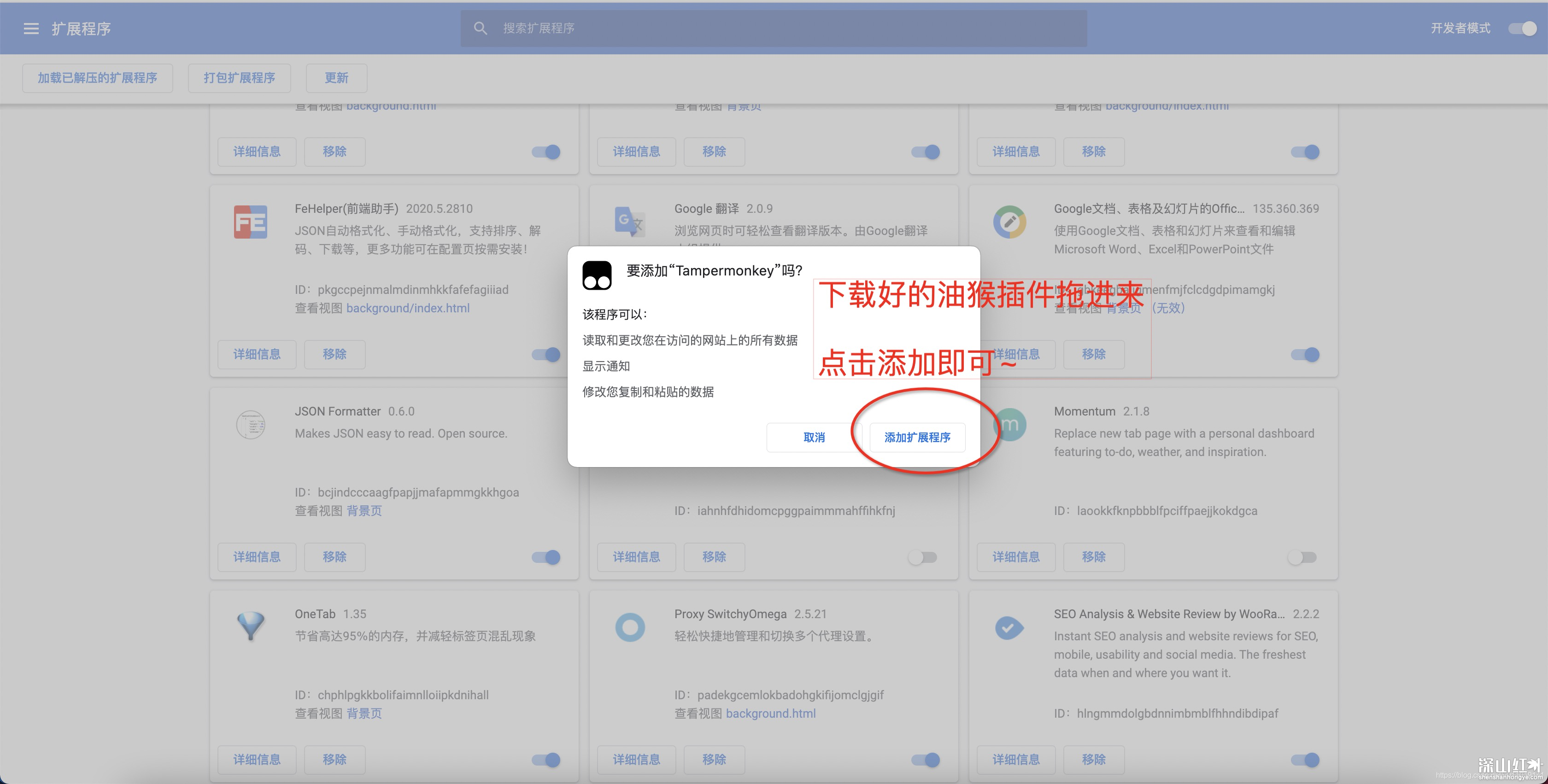文章目录
Spring Boot
Spring Boot概念
Spring Boot是作为Spring的脚手架框架,其本身并不提供Spring的核心功能,而是来达到快速构建项目、预置三方配置、开箱即用的目的。
从本质上来说,Spring Boot就是Spring,它做了那些没有它你自己也会去做的Spring Bean配置。
Spring Boot使用“习惯优于配置”的理念让你的项目快速地运行起来,使用Spring Boot很容易创建一个能独立运行、准生产级别、基于Spring框架的项目,使用Spring Boot你可以不用或者只需要很少的Spring配置。
Spring Boot有如下的优点:
- 可以快速构建项目;
- 可以对主流开发框架的无配置集成;
- 项目可独立运行,无需外部依赖Servlet容器;
- 提供运行时的应用监控;
- 可以极大地提高开发、部署效率;
- 可以与云计算天然集成。
Spring Boot的启动流程
首先,Spring Boot项目创建完成会默认生成一个名为 *Application 的入口类,我们是通过该类的main方法启动Spring Boot项目的。在main方法中,通过SpringApplication的静态方法,即run方法进行SpringApplication类的实例化操作,然后再针对实例化对象调用另外一个run方法来完成整个项目的初始化和启动。
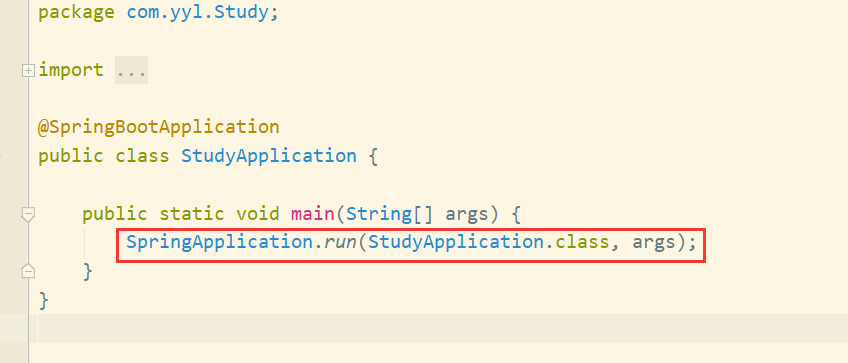
再调用另外一个run方法:

我们可以看到run方法里主要干了两件事:
1. 构造SpringApplection的实例
构造SpringApplection的实例过程主要干了下面几件事:
- 把参数sources设置到SpringApplection属性中,这个sources可以是任何类型的参数
- 获取应用类型,判断是否是web程序,并设置到webEnvironment的boolean属性中
- 创建并初始化ApplectionInitializer(初始化器),设置到initializers属性中
- 创建并初始化ApplicationListener(初监听器),设置到listeners属性中
- 初始化主类mainApplectionClass,定位main方法。
我们追踪其源码:

然后我们跟进这个
this构造,可以看到初始化了很多成员变量:
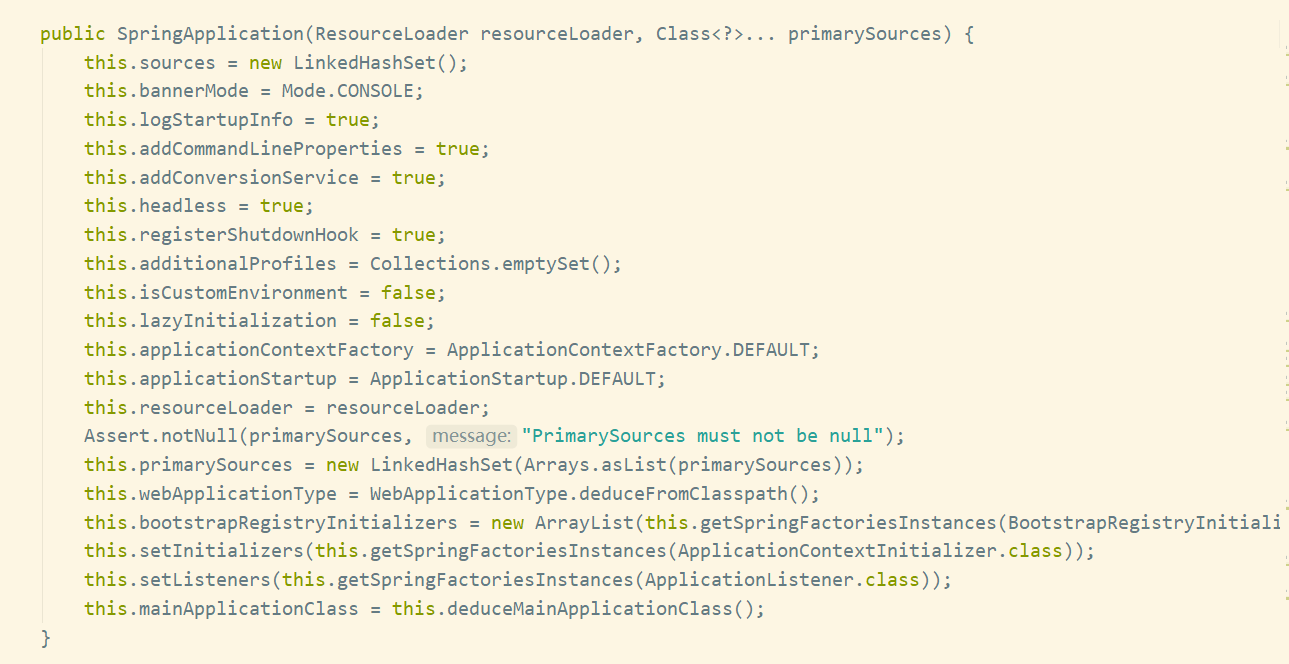
我们将其提炼出来,他主要进行了下面的代码
public SpringApplication(ResourceLoader resourceLoader, Class<?>... primarySources) {
this.resourceLoader = resourceLoader;
Assert.notNull(primarySources, "PrimarySources must not be null");
this.primarySources = new LinkedHashSet<>(Arrays.asList(primarySources));
//获取应用类型,判断是不是web程序
this.webApplicationType = WebApplicationType.deduceFromClasspath();
//获取所有初始化器
this.setinitializers((Collection) getSpringFactoriesInstances(ApplicationContextinitializer.class));
//获取所有监听器
this.setListeners((Collection) getSpringFactoriesInstances(ApplicationListener.class));
//定位main方法
this.mainApplicationClass = deduceMainApplicationClass();
}
首先是把参数sources设置到SpringApplection属性中,这个sources可以是任何类型的参数
然后我们再获取应用类型, 判断是否是web程序,并设置到webEnvironment的boolean属性中,我们跟进deduceFromClasspath函数:
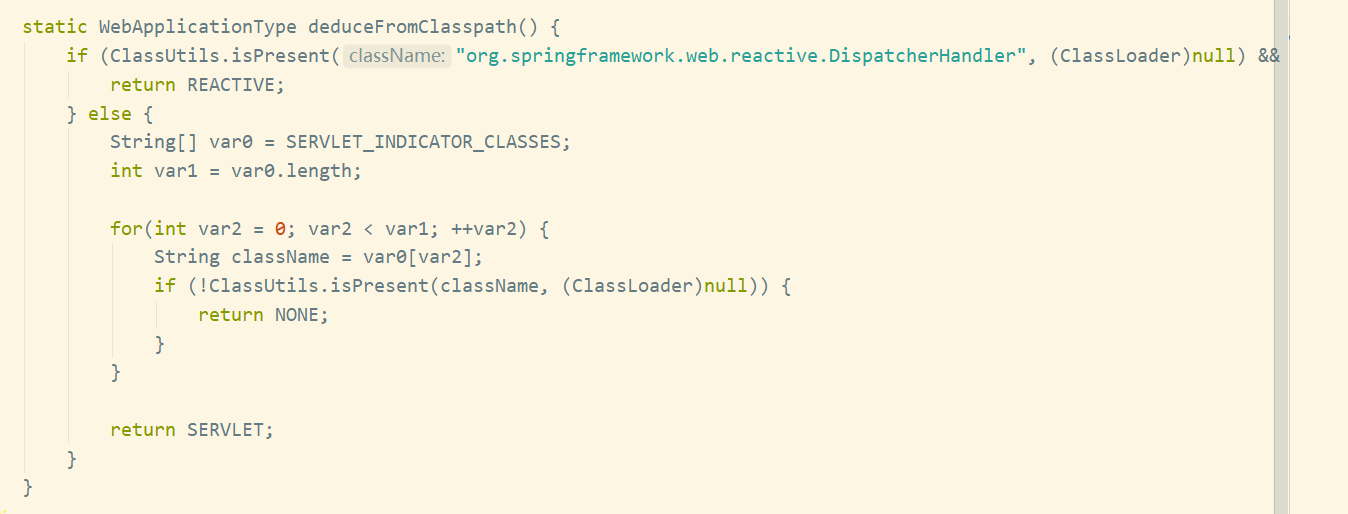
从返回结果我们可以看出应用类型一共有三种,分别是
| 返回值 | 说明 |
|---|---|
| NONE | 非web应用,即不会启动服务器 |
| SERVLET | 基于servlet的web应用 |
| REACTIVE | 响应式web应用(暂未接触过) |
static WebApplicationType deduceFromClasspath() {
if (ClassUtils.isPresent("org.springframework.web.reactive.dispatcherHandler", (ClassLoader)null) &&
!ClassUtils.isPresent("org.springframework.web.servlet.dispatcherServlet", (ClassLoader)null) &&
!ClassUtils.isPresent("org.glassfish.jersey.servlet.ServletContainer", (ClassLoader)null)) {
return REACTIVE;
} else {
String[] var0 = SERVLET_INDICATOR_CLASSES;
int var1 = var0.length;
for(int var2 = 0; var2 < var1; ++var2) {
String className = var0[var2];
if (!ClassUtils.isPresent(className, (ClassLoader)null)) {
return NONE;
}
}
return SERVLET;
}
}
判断一共涉及四个常量:
WEBFLUX_INDICATOR_CLASS , WEBMVC_INDICATOR_CLASS,JERSEY_INDICATOR_CLASS,SERVLET_INDICATOR_CLASSES
springboot在初始化容器的时候,会对以上四个常量所对应的class进行判断,看看他们是否存在,从而返回应用类型!
常量代表哪些class,也在当前类中:
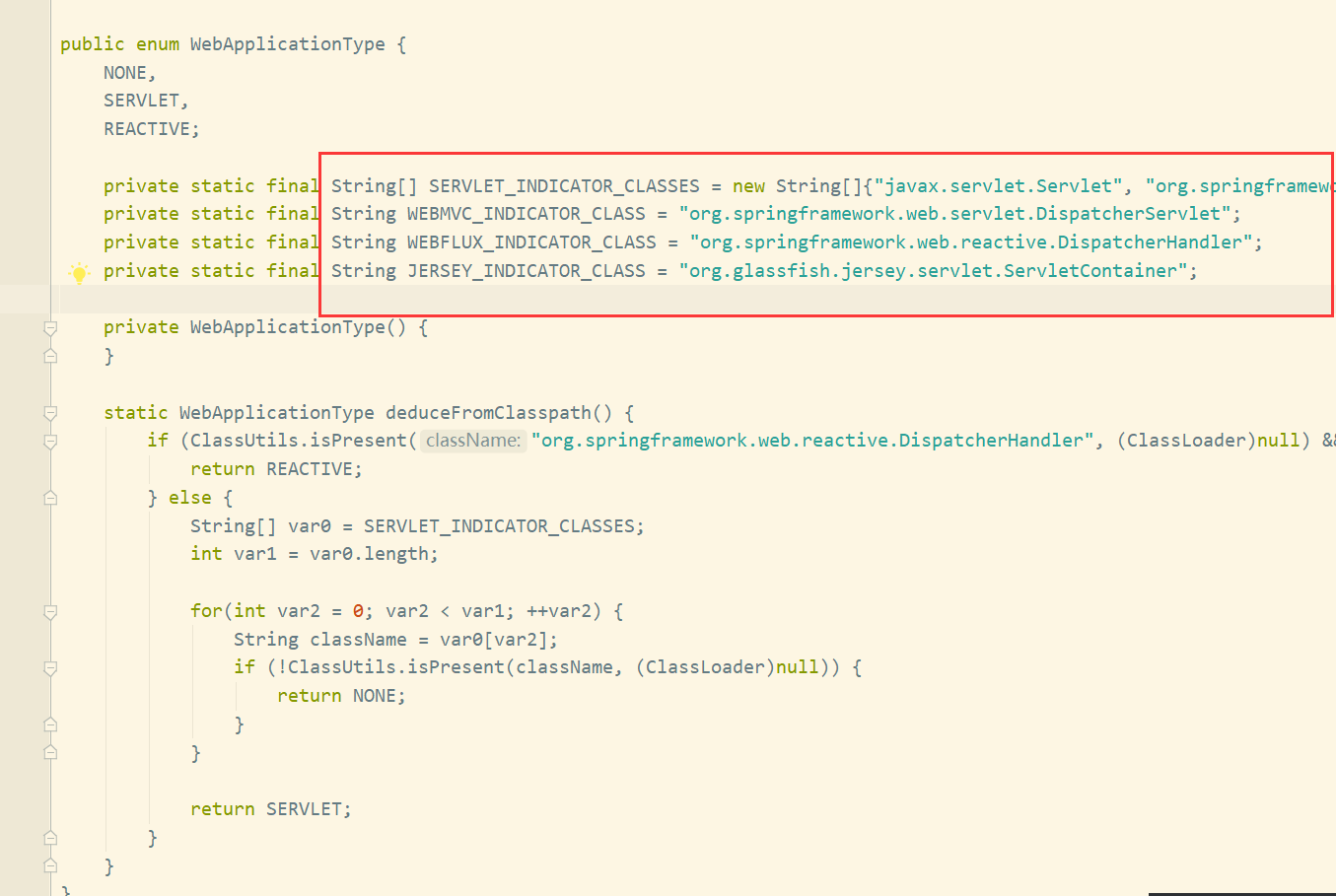
然后是创建并初始化ApplectionInitializer,设置到initializers属性中,该步骤调用了getSpringFactoriesInstances函数,我们跟进其源码:
private <T> Collection<T> getSpringFactoriesInstances(Class<T> type) {
return getSpringFactoriesInstances(type, new Class<?>[] {});
}
private <T> Collection<T> getSpringFactoriesInstances(Class<T> type, Class<?>[] parameterTypes, Object... args) {
ClassLoader classLoader = getClassLoader();
// Use names and ensure unique to protect against duplicates
// 获取所有初始化器的名称集合
Set<String> names = new LinkedHashSet<>(SpringFactoriesLoader.loadFactoryNames(type, classLoader));
// 根据名称集合实例化这些初始化器
List<T> instances = createSpringFactoriesInstances(type, parameterTypes, classLoader, args, names);
// 排序
AnnotationAwareOrderComparator.sort(instances);
return instances;
}
从源代码中,我们可以看出是在meta-inf/spring.factories配置文件里获取初始化器,然后实例化、排序后再设置到initializers属性中。
然后是创建并初始化ApplicationListener,设置到listeners属性中,该步骤调用了getSpringFactoriesInstances函数,步骤和上一步获取初始化器一样
最后初始化主类mainApplectionClass,我们继续跟踪源码进入deduceMainApplicationClass方法
private Class<?> deduceMainApplicationClass() {
try {
// 通过创建运行时异常的方式获取栈
StackTraceElement[] stackTrace = new RuntimeException().getStackTrace();
// 遍历获取main方法所在的类并且返回
for (StackTraceElement stackTraceElement : stackTrace) {
if ("main".equals(stackTraceElement.getmethodName())) {
return Class.forName(stackTraceElement.getClassName());
}
}
}
catch (ClassNotFoundException ex) {
// Swallow and continue
}
return null;
}
2. 调用实例的run方法
SpringApplication调用的run方法的大致流程,如下图:

其中,SpringApplication在run方法中重点做了以下操作:
当然,除了上述核心操作,run方法运行过程中还涉及启动时长统计、异常报告、启动日志、异常处理等辅助操作。
比较完整的流程,可以参考如下源代码:
public ConfigurableApplicationContext run(String... args) {
// 创建StopWatch对象,用于统计run方法启动时长。
StopWatch stopWatch = new StopWatch();
// 启动统计
stopWatch.start();
ConfigurableApplicationContext context = null;
Collection<SpringBootExceptionReporter> exceptionReporters = new ArrayList<>();
// 配置Headless属性
configureHeadlessproperty();
// 获得SpringApplicationRunListener数组,
// 该数组封装于SpringApplicationRunListeners对象的listeners中。
SpringApplicationRunListeners listeners = getRunListeners(args);
// 启动监听,遍历SpringApplicationRunListener数组每个元素,并执行。
listeners.starting();
try {
// 创建ApplicationArguments对象
ApplicationArguments applicationArguments = new DefaultApplicationArguments(args);
// 加载属性配置,包括所有的配置属性。
ConfigurableEnvironment environment = prepareEnvironment(listeners, applicationArguments);
configureIgnoreBeanInfo(environment);
// 打印
Banner Banner printedBanner = printBanner(environment);
// 创建容器
context = createApplicationContext();
// 异常报告器
exceptionReporters = getSpringFactoriesInstances(SpringBootExceptionReporter.class, new Class[]{ConfigurableApplicationContext.class}, context);
// 准备容器,组件对象之间进行关联。
prepareContext(context, environment, listeners, applicationArguments, printedBanner);
// 初始化容器
refreshContext(context);
// 初始化操作之后执行,默认实现为空。
afterRefresh(context, applicationArguments);
// 停止时长统计
stopWatch.stop();
// 打印启动日志
if (this.logStartupInfo) {
new StartupInfoLogger(this.mainApplicationClass).logStarted(getApplicationLog(), stopWatch);
}
// 通知监听器:容器完成启动。
listeners.started(context);
// 调用ApplicationRunner和CommandLineRunner的运行方法。
callRunners(context, applicationArguments);
} catch (Throwable ex) {
// 异常处理
handleRunFailure(context, ex, exceptionReporters, listeners);
throw new IllegalStateException(ex);
}
try {
// 通知监听器:容器正在运行。
listeners.running(context);
} catch (Throwable ex) {
// 异常处理
handleRunFailure(context, ex, exceptionReporters, null);
throw new IllegalStateException(ex);
}
return context;
}
Spring Boot启动流程总结:
--------------------------------创建springbootApplication对象---------------------------------------------
1. 创建springbootApplication对象springboot容器初始化操作
2. 获取当前应用的启动类型。
2.1:通过判断当前classpath是否加载servlet类,返回servlet web启动方式。
2.2:webApplicationType三种类型:
1.reactive:响应式启动(Spring5新特性)
2.none:即不嵌入web容器启动(springboot放在外部服务器运行 )
3.servlet:基于web容器进行启动
3. 读取springboot下的Meta-INFO/spring.factories文件,获取对应的ApplicationContextinitializer装配到集合
4. 读取springboot下的Meta-INFO/spring.factories文件,获取对应的ApplicationListener装配到集合
5. mainApplicationClass,获取当前运行的主函数
------------------调用springbootApplication对象的run方法,实现启动,返回当前容器的上下文----------------------------------------------
1. 调用run方法启动
2. StopWatch stopWatch = new StopWatch(),记录项目启动时间
3. getRunListeners,读取Meta-INF/spring.factores,将SpringApplicationRunListeners类型存到集合中
4. listeners.starting();循环调用starting方法
5. prepareEnvironment(listeners, applicationArguments);将配置文件读取到容器中
读取多数据源:classpath:/,classpath:/config/,file:./,file:./config/底下。其中classpath是读取编译后的,file是读取编译前的
支持yml,yaml,xml,properties
6. Banner printedBanner = printBanner(environment);开始打印banner图,就是sprongboot启动最开头的图案
7. 初始化AnnotationConfigServletWebServerApplicationContext对象
8. 刷新上下文,调用注解,refreshContext(context);
9. 创建tomcat
10. 加载springmvc
11. 刷新后的方法,空方法,给用户自定义重写afterRefresh()
12. stopWatch.stop();结束计时
13. 使用广播和回调机制告诉监听者springboot容器已经启动化成功,listeners.started(context);
14. 使用广播和回调机制告诉监听者springboot容器已经启动化成功,listeners.started(context);
15. 返回上下文

